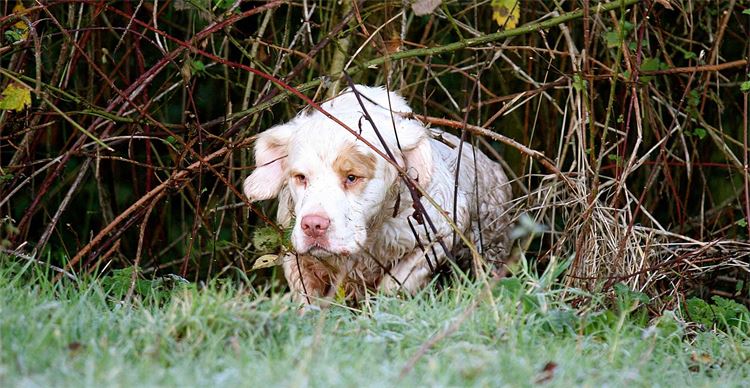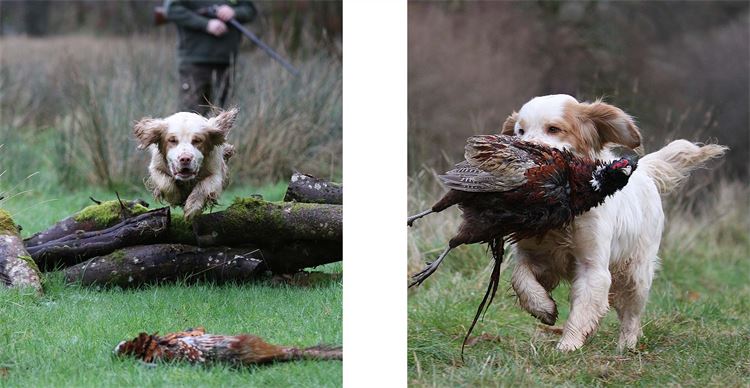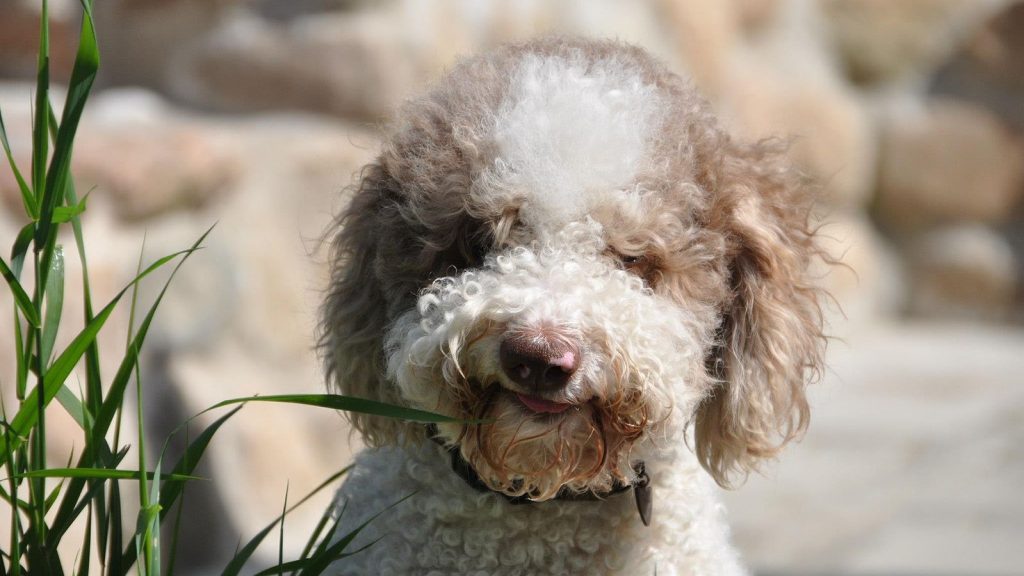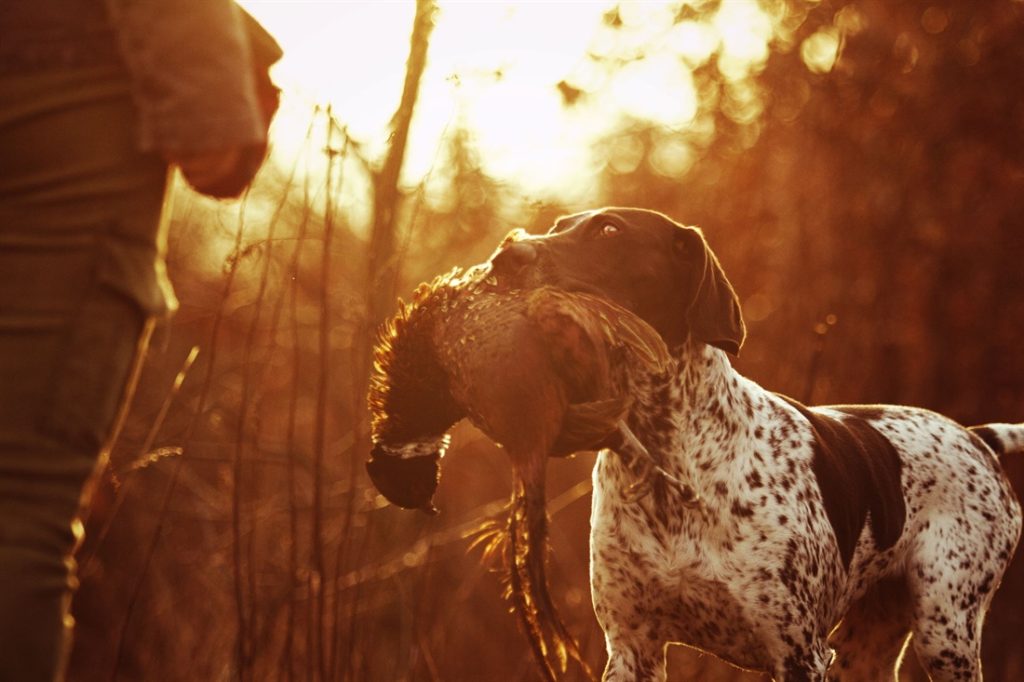Clumber spaniels
We take a look at the Clumber spaniel, a breed rarely found in the shooting field but making a comeback.
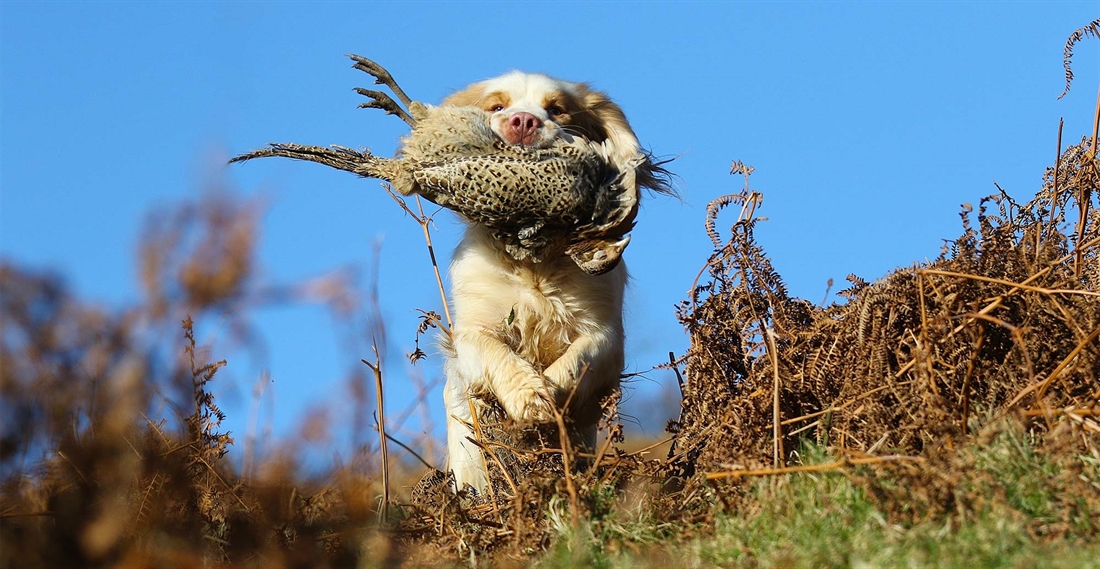
History:
The Clumber spaniel was introduced to the UK by the 2nd Duke of Newcastle in the 1770s, who named the breed after the family estate, Clumber Park, in Nottinghamshire. As the largest breed in the spaniel family, it was recognised as a perfect shooting companion for flushing game from heavy cover, which made them very popular with nobility. King George V kept a large team of them on the Sandringham Estate, for example, as did the Dukes of Northumberland, Norfolk, Westminster, Manchester and Sunderland on their respective estates to name but a few.
They were one of the very first breeds to feature in the show ring in England from 1859, and, in 1874, 65 Clumber spaniels were mentioned in the first Kennel Club Stud Book. Due to the popularity of dog shows, numbers remained stable during the early 20th century despite the destruction of many large houses and estates during war-time hostilities.
Sadly, around half a century ago there were very few examples of working Clumber spaniels left in existence, and those that remained were suffering from a dramatically constricted gene pool as a result of breeding show-perfect dogs, which were largely unrecognisable to their working ancestors. This led to an increase in health issues such as hip dysplasia, entropion and ectropion (rolling of eyelids), excessive amounts of loose skin, excess weight and loss of speed and agility.
Due to the impressive work and commitment by the Working Clumber Spaniel Society, founded in 1984, the gene pool has once again been widened and the breed has made a great comeback already. Today one can sometimes see healthy, working strains mirroring the functionality of the original Clumber spaniels in the field.
How many Clumber spaniels are registered in the UK?
Kennel Club records show that of the 91,194 gundog puppies registered to the organisation in 2018, just 280 were Clumber spaniels, placing them on the UK Kennel Club’s list of Vulnerable Native Breeds.
Traits and characteristics:
Working Clumber spaniels are loyal and affectionate dogs that show great enthusiasm and temperament for work, training and play. Though stubborn at times, the breed is often considered easy to train despite taking between two to three years to fully mature.
Clumber spaniels get along well with other dogs and people generally, if socialisation has been introduced during puppyhood, but can be more reserved and aloof with strangers than other spaniel breeds.
They are happy to be kennelled outside or live in the home provided they have ample space available, regular contact with humans and a large garden to roam – they are considered a poor choice of dog for those living in the city. Clumber spaniels are not prone to barking nor being an aggressive breed.
With specific training some dogs have been used for tracking or non-fieldsports related roles such as therapy dogs.
Conformation:
Clumber spaniels are the largest spaniel breed. They have a large, square head and their build is described solid, long and heavy. Working strains historically weigh around 45–70lb, but they should run at a steady pace and remain agile and energetic.
The coat is white with lemon or orange markings featuring mainly on the head, and flecks of colour can sometimes found on the body and legs. Their long coats do need regular grooming to keep them smooth and free of tangles, and eyes and ears need to be kept clean.
Average life expectancy:
12 years.
Health issues:
The breed is susceptible to intervertebral disc disease (IVDD), a major health concern, along with other otitis externa (inflammation to inner ear), ectropion (eyelids rolling outwards) and entropion (eyelids rolling inwards), and seizures. A veterinarian may recommend elbow, eye, and hip exams early on to identify any health concerns.
Feeding and nutrition – from the Chudleys’ nutritionist:
“As a nutritionist, one designs a diet first and foremost to meet all the nutrient requirements to support a long, active and healthy life.
“For working breeds, fundamental nutrient requirements vary very little, if at all. There may be subtle trend differences between the breeds in terms of certain conditions that are more prevalent in one particular breed over another that may be helped by using appropriate functional nutrition.
“The key differences in nutrient requirements for working dogs stem from the duration and intensity of the work undertaken. The higher the workload, the more energy your dog will require. A very active dog will therefore need to eat more food, and as a result will get more of all the other nutrients it requires, such as protein and vitamins.
“It is important to know where that energy needs to come from. Sprint work requires a diet consisting of more carbohydrate and some fat – a diet of around 22–25% protein and up to 14% fat is preferred – whereas a dog working long days on a moor will rely more on fat and fat reserves – a diet with 24%+ protein and 14%+ fat works best.
“Finally, when it comes to choosing the size of the piece of food, studies have proven that all breeds prefer a kibble of around 14–16mm in diameter.
“So, choose a diet to suit your dog’s workload and type, and one that provides those functional nutritional aspects as well.”
Why do Clumber spaniels make good gundogs?
Many today have preconceived beliefs that Clumber spaniels are often ignorant, soft-eyed, heavy-set plodders. Though, with the chance to see them working first-hand these beliefs are often dissipated immediately. Three decades of thoughtful breeding has produced a spaniel now with largely excellent eyes, hips and trainability – amazingly 20 different Clumber spaniels have won field trials since 1994!
Therefore, working Clumber spaniels can make excellent gundogs when trained well, particularly for use on rough shoots where their steady pace allows walking Guns to comfortably and calmly keep up with them as they work all sorts of cover. Their deliberate and slower pace also means they are less likely to run over game, and provide a greater chance of quarry being flushed within range of a shot – which can be a common fault when working other breeds.
They are renowned for having good noses and a drive and enthusiasm to work in the field, so are well suited for the beating and picking-up teams, too. Again their steadiness is a benefit to both disciplines.
Though one of the rarer breeds of working dogs, if a calm, biddable dog is what you are after, a Clumber spaniel from solid working lines may well be a good choice for you.
Photographs Heidrun Humphreys
Related Articles
Get the latest news delivered direct to your door
Subscribe to Gundog Journal
Unlock the full potential of your working dog with a subscription to Gundog Journal, the UK’s only dedicated magazine for gundog enthusiasts. Published bi-monthly, this authoritative resource delivers expert training advice, in-depth interviews with top trainers and veterinary guidance to help you nurture a stronger bond with your dog.
With stunning photography and thought-provoking content, Gundog Journal is your essential guide to understanding, training and celebrating your working dog.
Save 10% on shop price when you subscribe, with a choice of packages that work for you. Choose from Print & Digital or Digital only with each journal delivered directly to your door or via the app every other month, plus access to past issues with the digital back issue library.






